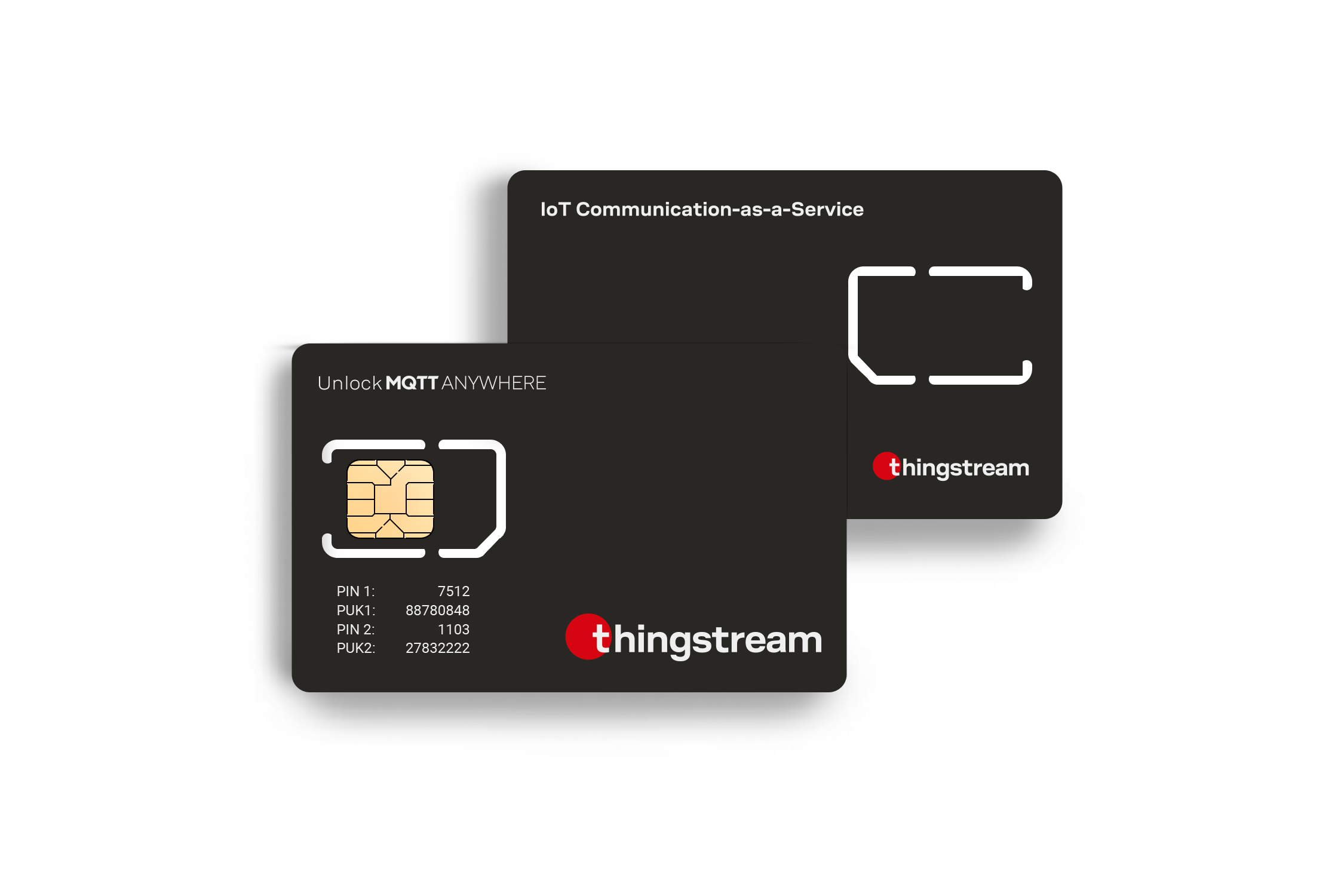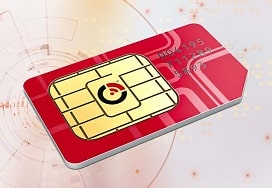Nb Iot Sim Card North America IoT Data Plan
The rapid enlargement of the Internet of Things (IoT) has made it very important to ascertain standardized connectivity protocols to allow units to speak seamlessly. Various standards and protocols have emerged, and so they cater to different requirements, corresponding to energy consumption, data price, vary, and complexity. Hologram Global Iot Sim Card. Each protocol presents distinct advantages and downsides, making it important for builders and corporations to gauge their specific needs when selecting one.
One distinguished standard within the IoT panorama is MQTT (Message Queuing Telemetry Transport). MQTT is light-weight and designed for low-bandwidth and high-latency environments. Its publish-subscribe model allows environment friendly communication between gadgets and is ideal for purposes in house automation or remote monitoring. However, its dependency on a central broker can introduce a single level of failure, making resilience a consideration in its implementation.

In contrast, CoAP (Constrained Application Protocol) goals to allow smaller, constrained gadgets to speak over the online. Utilizing a RESTful architecture similar to HTTP, CoAP is designed for low-power and lossy networks. This makes it appropriate for functions requiring environment friendly system communication in constraints of memory and processing energy, like smart agriculture. While CoAP helps multicast, which permits a single message to succeed in a number of recipients, it does not inherently handle long-lived connections like MQTT does (M2m Iot Sim Card).
Zigbee is another instance of a standard incessantly employed within the IoT sphere, particularly for house automation. Operating within the 2.4 GHz band, Zigbee creates mesh networks that enable devices to communicate whereas extending their range by way of other linked devices. Its low power consumption is useful for battery-operated gadgets, but the information price is significantly lower than Wi-Fi or different wired technologies, which limits the quantity of data that may be transmitted successfully in real time.
4g Iot Sim Card IoT and M2M SIM Cards
LoRaWAN (Long Range Wide Area Network) is particularly important for applications requiring long-range communication capabilities. Operating in sub-GHz frequency bands, LoRaWAN can connect gadgets over distances of several kilometers whereas consuming minimal power. This makes it perfect for rural purposes corresponding to precision agriculture and environmental monitoring. However, it sometimes helps low data charges and is much less effective for time-sensitive functions where quick information transmission is crucial.
NB-IoT (Narrowband IoT) is a cellular expertise designed to support a variety of IoT connectivity wants. With increased protection, NB-IoT supplies deep penetration into buildings and underground locations, typically outperforming conventional cellular networks. Its efficiency by means of power consumption and knowledge transmission makes it well-suited for smart metering and different steady-state applications. The downside, nevertheless, is the reliance on cellular infrastructure, which can involve further prices.
Telkomsel Iot Sim Card IoT SIM Plans and Pricing
Another noteworthy protocol is Bluetooth Low Energy (BLE). BLE is optimized for short-range communications and low energy usage, making it best for private area networks. It is especially in style in wearables and health monitoring devices. However, the limited vary can pose challenges for applications requiring long-distance connectivity, making it less fitted to industrial IoT applications like smart cities.
When contemplating the operational environment, completely different protocols strategize their connectivity. For instance, Sigfox is designed for excessive energy effectivity, using a singular know-how that prioritizes low information rates over in depth coverage. This works properly for units needing to transmit small quantities of data infrequently, similar to monitoring gadgets. However, the trade-off comes within the type of limited knowledge fee and doubtlessly higher latency.
Another essential aspect of IoT connectivity standards and protocols comparison is safety. Many protocols implement various levels of safety measures. For instance, protocols like TLS (Transport Layer Security) may be leveraged with MQTT to enhance knowledge integrity and confidentiality. In contrast, other protocols might have built-in security measures, whereas some require extra layers to make sure safe communication.
Sim Card For Iot Devices The best IoT SIM card
Interoperability additionally performs a vital role in protocol selection. As IoT devices proliferate across numerous industries, making certain gadgets can talk no matter their producers can mitigate future compatibility points. Protocols that adhere to established standards tend to provide better interoperability, thus easing integration efforts across different platforms.
The landscape of IoT connectivity is evolving, reflecting the diverse needs of industries ranging from healthcare to manufacturing. As more devices turn out to be interconnected, the demand for efficient, secure, and reliable communication continues to grow. Each protocol carries its unique set of characteristics; thus, businesses should conduct thorough evaluations of their use circumstances to make sure optimum efficiency whereas considering future scalability and adaptableness.
M2m Iot Sim Card Global IoT SIM Cards Reliable Connectivity
In conclusion, whereas there is not a one-size-fits-all resolution concerning IoT connectivity standards and protocols, understanding the comparisons can information builders and firms in making educated choices. Factors like operational necessities, safety concerns, and potential use circumstances come into play when evaluating which protocol fits greatest. The realm of IoT is growing and evolving, making it essential for business players to visit this page stay informed on the newest developments and rising standards to take care of aggressive benefits and meet more and more complicated demands.
- Various IoT connectivity standards include Wi-Fi, Bluetooth, Zigbee, and LoRaWAN, each tailor-made for particular use circumstances and operational wants.
- Wi-Fi is understood for its high data switch charges, making it best for purposes requiring substantial bandwidth, similar to video streaming, however it consumes more energy in comparability with different protocols.
- Bluetooth Low Energy (BLE) is favored for short-range sensor purposes because of its minimal power consumption, allowing gadgets to run for prolonged durations on a small battery.
- Zigbee operates on low power and supports mesh networking, enabling gadgets to speak over distances higher than traditional point-to-point techniques, which may enhance network protection.
- LoRaWAN excels in long-range communications and allows low-power, wide-area network (LPWAN) capabilities, making it appropriate for remote IoT applications like agriculture and concrete infrastructure monitoring.
- Cellular connectivity standards, similar to 4G LTE and 5G, provide intensive network coverage and high-speed information transfer but might incur higher operational prices and require more substantial power assets.
- MQTT and CoAP are lightweight utility layer protocols extensively used for IoT communications, where MQTT is extra suitable for device-to-cloud interactions, whereas CoAP is optimized for constrained devices and networks.
- Security varies considerably across IoT protocols, with some like HTTPS offering strong encryption, while others might rely on easier methods, doubtlessly exposing devices to vulnerabilities.
- Scalability is a important factor; whereas protocols such as LoRaWAN assist a lot of devices, others like Bluetooth could face limitations in device capability depending on the community architecture.
- Determining the best connectivity standard involves balancing elements corresponding to range, energy efficiency, knowledge needs, and security necessities tailored to specific IoT deployment situations.undefinedWhat are the most common IoT connectivity standards?
The commonest IoT connectivity standards include Wi-Fi, Bluetooth, Zigbee, LoRaWAN, NB-IoT, and 5G. Each standard has unique options and use cases, catering to varied utility requirements by way of range, energy consumption, and data rates.
How do I select the proper IoT protocol for my application?
Iot Sim Card India IoT SIM Card eSIM Global Connectivity
Selecting the right IoT protocol is decided by factors such because the vary, knowledge throughput, energy consumption, and the environment in which units will function. Assessing these criteria towards your utility's specific wants will information your choice.
What is the distinction between short-range and long-range IoT protocols?
Short-range protocols, like Wi-Fi and Bluetooth, are good for localized purposes needing excessive data charges however limited range. Long-range protocols, similar to LoRaWAN and NB-IoT, excel in low-power, wide-area use circumstances, prioritizing battery efficiency over velocity.
Can multiple IoT protocols be utilized in the same network?
Vodafone Iot Sim Card Global IoT SIM Card
Yes, multiple IoT protocols can coexist in the same community, enabling gadgets with varying connectivity needs to speak. However, careful network design is required to handle information flow and avoid interference.
What position does safety play in IoT connectivity standards?
Vodacom Iot Sim Card IoT SIM Cards Introductory Guide
Security is important in IoT connectivity standards due to potential vulnerabilities in knowledge transmission. Choosing protocols with built-in encryption and sturdy authentication mechanisms can help safeguard delicate data.

How do these standards have an result on the scalability of IoT systems?
Different IoT standards have varying capacities for managing system load, which instantly affects scalability. Standards designed for top gadget counts, like MQTT over TCP/IP, are essential for scaling up IoT deployments effectively.
Iot Sim Card Guide SIM Starter Kit
What is the significance of interoperability in IoT protocols?

Interoperability ensures that gadgets from different producers can communicate seamlessly. This is essential for large-scale IoT deployments, explanation because it allows various devices to work together, enhancing total system functionality.
Are there any rising trends in IoT connectivity standards?
Nb Iot Sim Card IoT SIM Card Data Plans Pricing
Emerging trends embrace the adoption of edge computing, which minimizes latency, and the integration of Artificial Intelligence for smarter knowledge processing. Additionally, standards like 5G are gaining traction for his or her capability to support a large number of related gadgets.
How can I stay updated on IoT connectivity standards and protocols?
Does Nb-Iot Need A Sim Card Need an IoT SIM card started
Staying knowledgeable entails often consulting industry publications, attending relevant conferences, and collaborating in on-line boards. Following organizations like the Internet Engineering Task Force (IETF) and the International Telecommunication Union (ITU) also can present priceless insights.